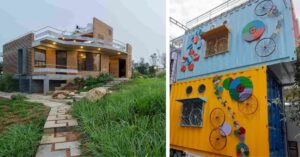These Chennai Architects Design & Retrofit Homes To Make Them Nature-Friendly!
The architects strongly believe that sustainable architecture is not limited to just the design of buildings.

Every time I come back home to Chennai, the rising number of new constructions surprises me. In just the last five years, the street on which my parents live has seen five new apartment buildings. How much pressure do such new concrete monstrosities exert on the already fragile environment?
Architects must realise that designing with nature at a building level is so much more than just the aesthetics—it involves understanding and incorporating many different natural elements.
Architects must recognise sun paths, the way sunlight and breeze enters a space, the rock formations around the concrete structure and the trees that provide shade. Once we take all these into account, the result would be a beautiful, sustainable architecture.
In his 1969-published successful book, Design with Nature, Ian McHarg claims, “If one accepts the simple proposition that Nature is the arena of life and that a modicum of knowledge of her process is indispensable for survival and rather more for existence, health and delight, it is amazing that how many apparently difficult problems present a ready solution.”
In this article, we talk to Green Evolution, a Chennai-based architecture firm whose aim echoes McHarg’s proposition.
The beginning of Green Evolution
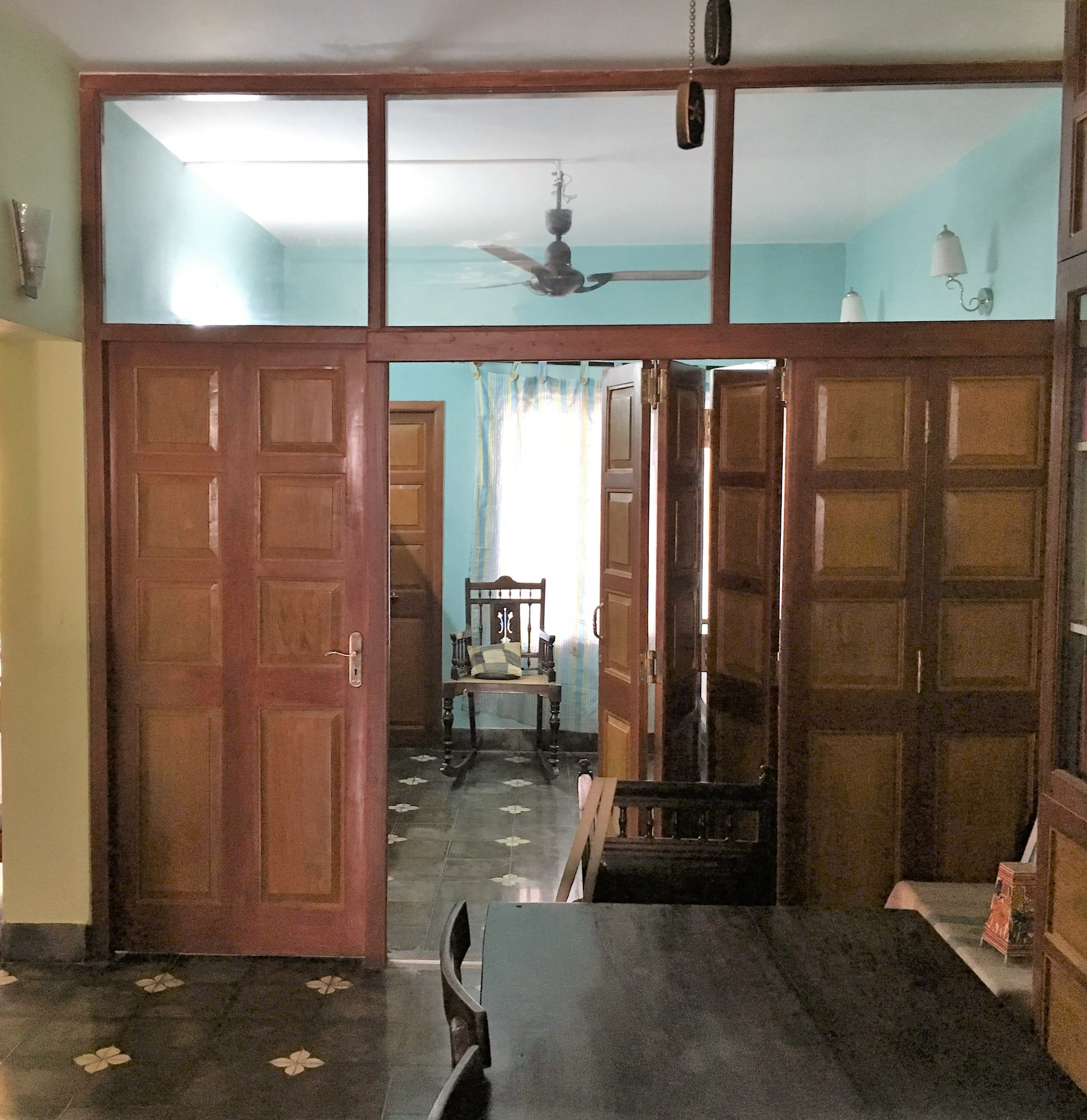
Anupama Mohanram and Jaideep Vivekanand, the brains behind the firm say that it was born out of a need to be sensitive to our earth. Working as an architect in Chicago, Anupama had spent considerable time in the US and it was in the early 2000s that she became aware of the extent of human contribution to environmental degradation. Her involvement with the Chicago Centre for Green Technology and the US Green Building Council (USGBC) led her to obtain her LEED Accreditation in 2006. She then moved back to Chennai to start Green Evolution in 2008 to spread green building practices in India.
Jaideep, a mechanical engineer, joined Anupama in her passion for environmental conservation as her business partner after completing his MBA from the Kellogg School of Management in Chicago.
Green Evolution strongly believes that sustainable architecture is not limited to the design of just buildings. It goes beyond to ensure occupants minimise their energy and water use and ultimately enjoy an environment that is comfortable, healthy, provide them long term resource security and the satisfaction of having done their part to save our earth in the long run, shares Anupama.
The firm also believed that individual buildings should also contribute to their respective neighbourhoods.
Why is sustainable living so important?
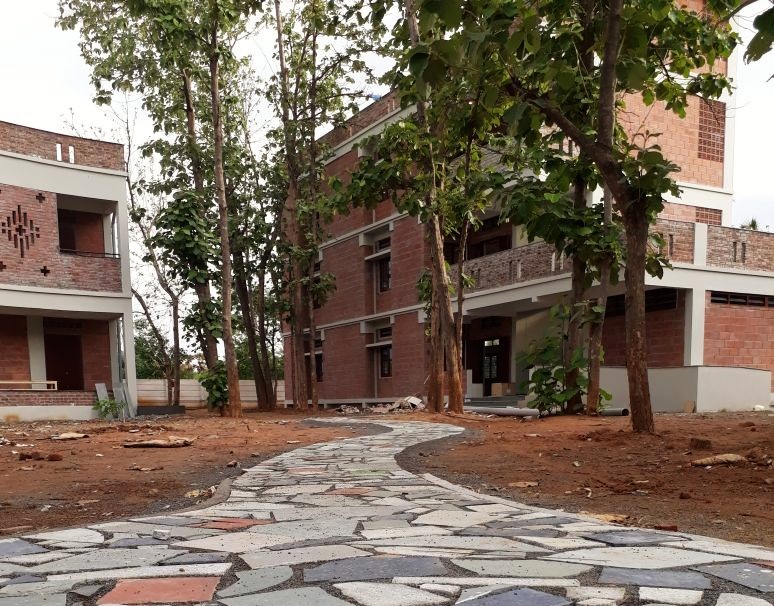
When we hear the word sustainable living, we associate it with minimising the use of non-renewable resources and enjoying a non-toxic environment. Green Evolution believes that such a way of life also encourages people to utilise locally available resources, aid in reviving the currently fading local artistry boosting the country’s economy and also reduce our carbon footprint on the planet.
“Over the last decade, there has been a slow but steady climb in clients approaching us for ‘Green Buildings’. Where, early on, we had to spend a lot of time educating clients on the need to conserve, now most of them seem to be well aware of the issues and approach us with a broad understanding of the need for sustainable building practices,” says Anupama.
With Chennai reeling with acute water scarcity, the firm is receiving a lot of queries for effective water management, not only in the new designs but also in the existing buildings such as individual residences, large apartment complexes and commercial buildings.
“We are starting to work with these existing buildings to retrofit water conserving fixtures and water treatment and re-use options,” says Anupama.
When asked about the challenges that the firm faces, Anupama says that in the early years they spent a lot of time in convincing clients about the benefits of adopting alternate materials that would be less harmful and polluting.
While there has been a change in the attitude, Anupama feels that the same needs to be recognised in terms of the compliances that are in place. “Until then, there will remain a vast majority of people unwilling to change their path. We hope such regulations are not too far into the future and will make our work less challenging.”
Do Green homes cost more?
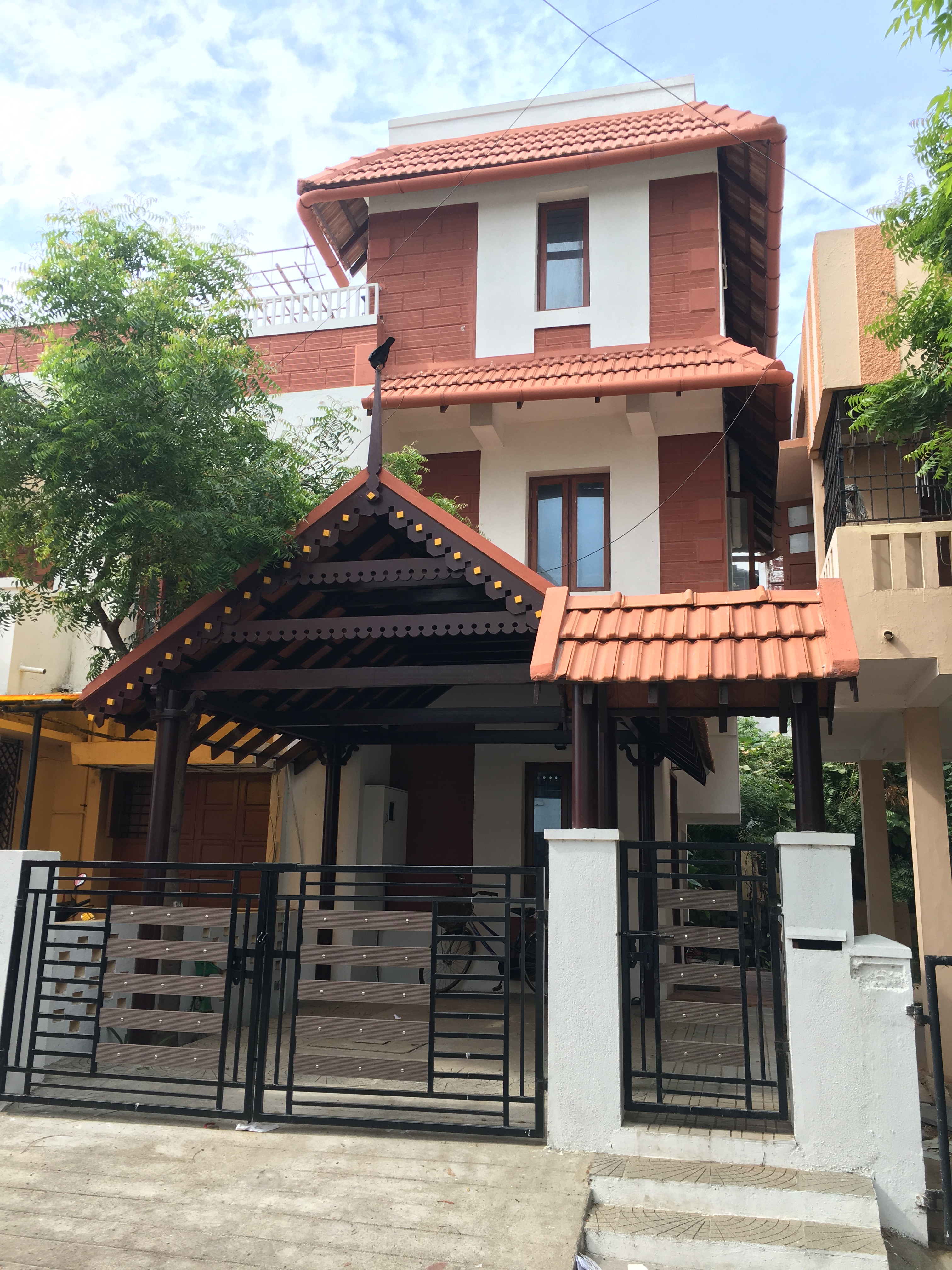
One of the prime concerns that clients have is whether building a green home will increase their budget and put a significant dent on their savings. In answer to this, Anupama says, “In our design practice, to conserve resources, we minimise the use of materials that are extraneous and not functional such as façade embellishment, un-necessary plastering and so on. This results in a reduction in the cost of civil construction.”
We must mention here that the designs that the firm works on also help in reducing water and electricity costs for the occupant. Investing in solar photovoltaic helps in long-term payback. “In the larger scheme of things our buildings will not exceed conventional building costs in case of residences and at the most cost five per cent more in case of commercial buildings,” says Jaideep.
While regular maintenance for these buildings is minimal, one requires a conscious effort to observe and maintain best practices such as ensuring waste segregation, food garden tending, and the proper functioning of water conserving equipment.

Some things that contribute to making the buildings sustainable:
- The building materials used are eco-friendly (less polluting during its manufacture)
- The material is locally sourced to minimise pollution from long distance transportation.
Some options for these are hollow clay blocks and lightweight aerated concrete blocks for walls, handmade locally-created Athangudi tiles, local stone for floors, roof gardens, reflective tiles for the roof, heat insulating glass for windows. - Using salvaged materials such as re-purposed wood from shipping cartons, doors and windows from older buildings, broken tiles from construction waste for pathways are preferred as this will minimise manufacture of new materials and prevent debris from landing into landfills.
Can one incorporate these features into existing buildings?
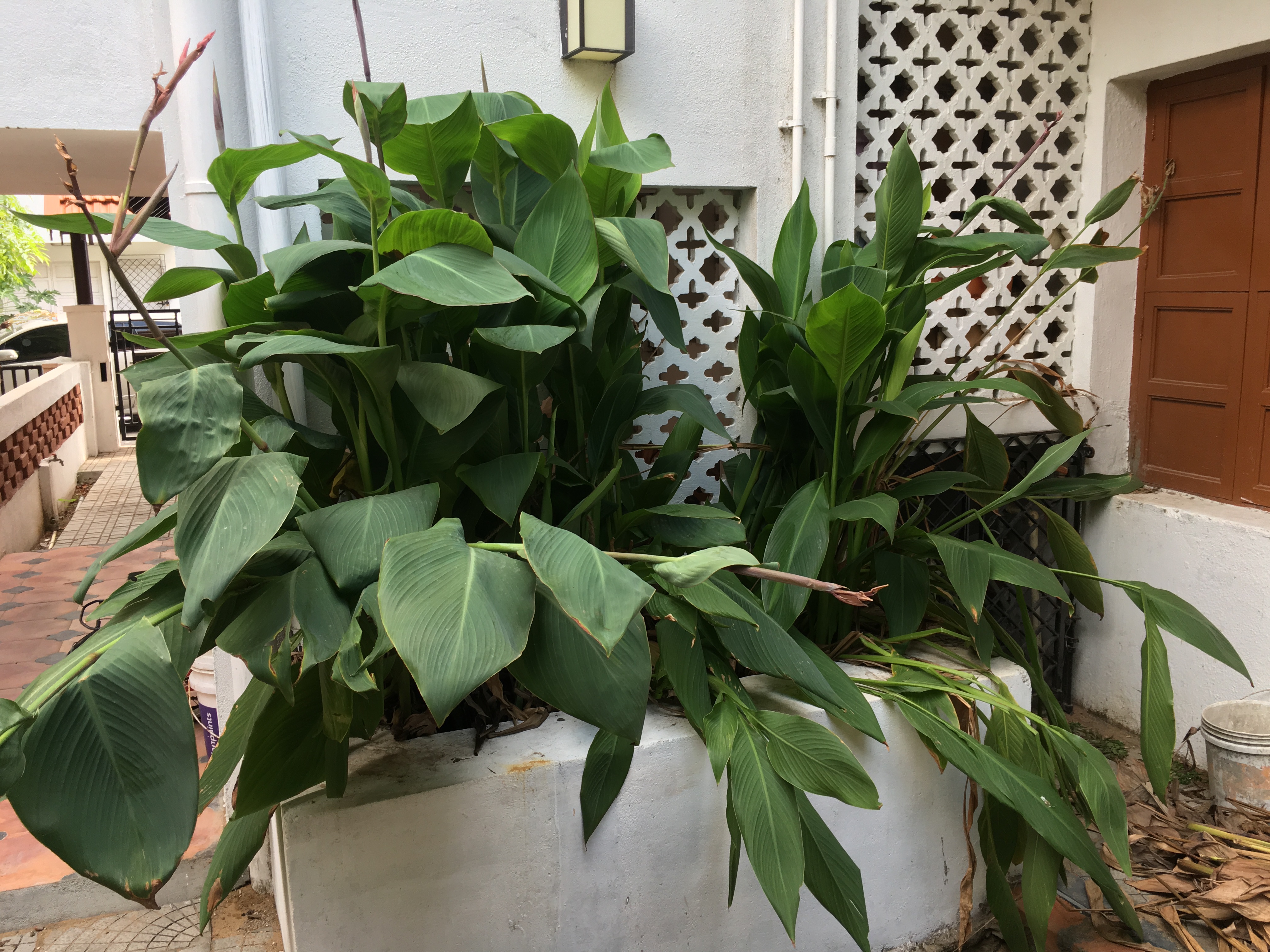
It is possible (now even mandatory) to build sustainable features into existing buildings which were not built with conservation in mind. Explaining this, Anupama says, “As part of our efforts, we conduct an initial study of existing buildings to review current standing and check the feasibility of bringing in sustainable features. While some of these will incur low upfront costs, it would be of high impact such as fitting aerators in taps to minimise water use, changing water closet cisterns to minimal dual flush volumes, retrofitting lights and fans to energy conserving ones now available.”
While some features such as retrofitting waste-water treatment and re-use systems and solar photovoltaic systems would incur more cost, they would ensure long term water and energy security.
In writing these stories, we hope that more people will be inspired to make small changes and help in preserving the environment.
(Edited by Saiqua Sultan)
You May Also Like: Delhi Pharmacy Gives Upto 85% Discount on Medicines For a Heartwarming Reason!
Like this story? Or have something to share?
Write to us: [email protected]
Connect with us on Facebook and Twitter.
This story made me
- 97
- 121
- 89
- 167
Tell Us More
We bring stories straight from the heart of India, to inspire millions and create a wave of impact. Our positive movement is growing bigger everyday, and we would love for you to join it.
Please contribute whatever you can, every little penny helps our team in bringing you more stories that support dreams and spread hope.






